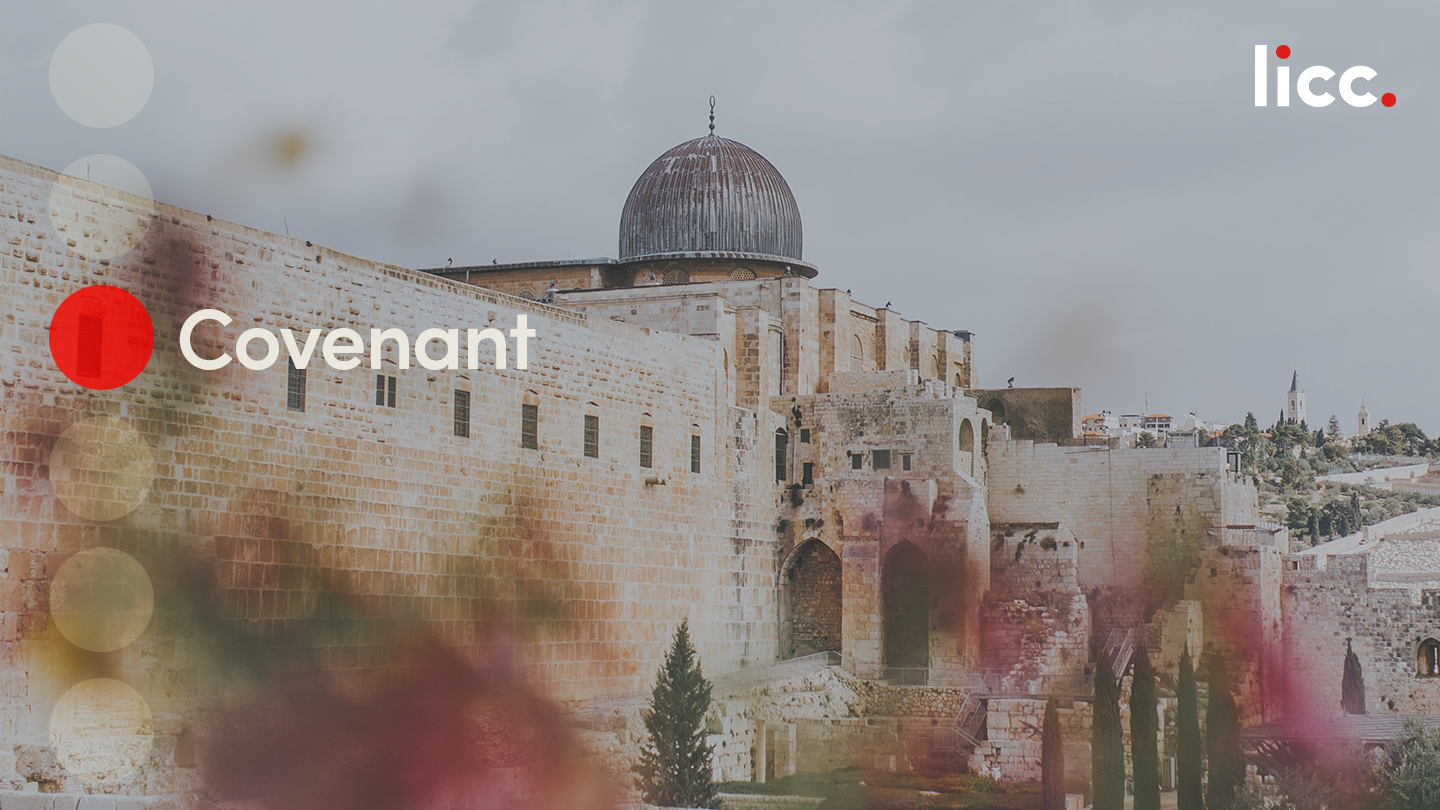Whole Life, Whole Bible: Journey through ScriptureSample


24: Rebuilding walls, rebuilding lives
‘The Return’ is one of the great themes of history and literature, and nowhere is it more clearly written than in the return of the Judeans to Jerusalem after 70 years in captivity. But it was only when Babylon was superseded by Persia that the time of release finally came.
Cyrus was an enlightened ruler who followed a policy of ‘multiculturalism’ throughout his empire. Prompted by God, he proclaimed the release of as many Jews as wished to leave, to rebuild the temple in Jerusalem. Unlike many other ‘returns’ of refugees or exiles, whose first concern is to find their families and homes and retrieve their possessions, this first return was focused on the temple.
The Jewish people’s relationship with God was intrinsic to their identity. It was expressed in terms of place — the land, the city, the temple. The land had been lost and the buildings destroyed, but, when the time came to return, the first opportunity granted to them was to reinstate the worship of God at the centre of their corporate life. Despite opposition, the temple was completed in 20 years, amid great rejoicing. However, it wasn’t until 60 years later that Ezra, ‘a teacher well versed in the Law of Moses’ (Ezra 7:6), led a further wave of immigration. Once again, the main emphasis was on the temple and its worship, but Ezra was also given administrative and civil authority.
Nevertheless, the walls and gates of the city were still in ruins, and it fell to Nehemiah, a decade or so later, to organise the rebuilding. As we read his story, we are able to see how the restoration of God’s people involved ‘practical’ matters (for example, rebuilding the broken Dung Gate in the city wall, Nehemiah 3:14) as well as ‘spiritual’ matters (such as confessing sin, 9:1–3). In all these tasks, Ezra and Nehemiah were conscious of the ‘hand of the Lord’ (Ezra 7:6, 28) over their plans and actions.
The people likewise entered into the vision of their leaders, flinging themselves wholeheartedly into the building projects. The walls were finished, houses rebuilt and towns resettled. When all the work was completed, they asked Ezra to bring out the Book of the Law of the Lord, and, as they listened, understood and responded to it, they recognised that the restoration of their community rested on the restoration of their relationship with God.
For further reflection and action
- What is your equivalent of ‘rebuilding the broken Dung Gate’ today, and how will you serve God through it?
- How might the church take the lead in challenging the sacred–secular divide in society today?
- Read Nehemiah 8-9 and reflect on the role of scripture (including the telling of the biblical story, no less!) in shaping the renewal of God’s people.
Scripture
About this Plan

This 50-day reading plan walks you through the story of the whole Bible, and helps you reflect on how it shapes your whole life – at home, at work, in the neighbourhood. The bite-size readings and real-life application questions help illuminate God’s plan to renew all areas of life. Written by Antony Billington, Helen Parry, and Margaret Killingray, from the London Institute for Contemporary Christianity (LICC). Originally published by BRF.
More
We would like to thank LICC - The London Institute for Contemporary Christianity for providing this plan. For more information, please visit: https://www.licc.org.uk/about









